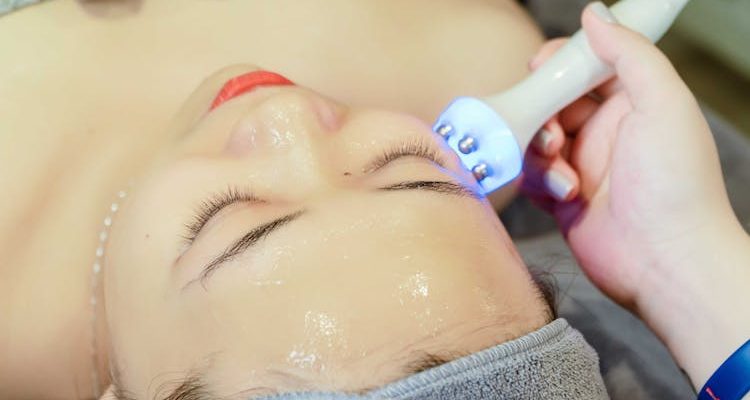Laser treatments have become a ground-breaking solution for a range of issues in the beauty and skincare industries, from hair removal to skin renewal. Even if these treatments are quite successful, it is important to prepare properly in order to maximize the potential benefits and limit any negative consequences. Making sense of the preparatory process and moving through it with assurance can greatly improve the results of your laser visit.
Understanding Your Laser Treatment
A variety of techniques are included in laser treatments that target various problems with the skin and hair. Certain light wavelengths are used by each form of laser therapy to target and cure issues, including pigmentation, acne scars, unwanted hair, and more. Knowing the specifics of the laser therapy you are receiving is crucial since everyone has different needs and outcomes. For instance, laser resurfacing tries to renew the skin by encouraging collagen synthesis and eliminating damaged layers, while laser hair removal targets the pigment in hair follicles. To have a clear understanding of what to expect, speak with your dermatologist or laser technician prior to your session. The technology employed, the length of the operation, and the feelings anticipated both during and after treatment can all be explained by them. You can talk about your skin type, medical history, and any concerns you can have during this initial visit.
Preparing Your Skin for Treatment
For your laser treatment to yield the best possible results, proper skin preparation is essential. You must adhere to a skincare routine that promotes the health and preparedness of your skin in the weeks before your consultation. UV damage raises the likelihood of issues, including hyperpigmentation, which can be avoided by avoiding the sun and wearing a high-SPF sunscreen. Furthermore, since some skincare products might increase skin sensitivity to laser light, it is best to stop using them, especially those that include acids or retinoids. Make sure your skin is clean and free of any creams, lotions, or makeup the day of your session. This lessens the chance of discomfort and aids in the laser’s more efficient skin penetration.
Managing Pain and Discomfort
Even though laser treatments are usually well tolerated, pain and discomfort management is a crucial part of getting ready. The type of laser, the region being treated, and each person’s pain threshold can all affect how uncomfortable something is. Certain treatments, like laser hair removal, can feel more like a rubber band being snapped on your skin, while other treatments, like laser resurfacing, can hurt much more. It’s crucial to go over pain management choices with your technician prior to the surgery. During such treatments, topical numbing creams are frequently used to reduce pain. These lotions, which assist numb the skin and lessen pain perception, are applied to the treatment region 30 to 60 minutes before the start of the session.
Scheduling and Timing Considerations
A strategic consideration that might impact the outcome and healing process is when to schedule your laser treatment. To get the desired effects, laser treatments can take several sessions spaced several weeks apart. You can also look up online to find your best treatment option, simply search for laser hair removal in Boston, for example, or mention where you live. This is particularly true for treatments like laser hair removal, where many treatments are required for complete coverage due to hair growth cycles. Arranging your timetable beforehand enables you to harmonize these meetings with your way of life and obligations. It’s also critical to take seasonal influences into account.
Post-Treatment Care and Recovery
Sufficient aftercare is crucial to accelerating the healing process and optimizing the outcomes of your laser surgery. The skin can be red, puffy, or sensitive right after treatment; thus, it’s important to follow your technician’s aftercare recommendations to minimize discomfort and avoid issues. This usually entails using calming creams or gels, shielding your skin from the sun, and avoiding specific skincare items that might aggravate it. Staying hydrated is essential when recovering. The skin can recover itself with the help of light, moisturizing skincare products and lots of water. Additionally, since this might cause infection or scarring, it’s critical to refrain from picking or scratching the treated region. Your dermatologist or technician can evaluate your progress and resolve any issues with routine follow-up sessions.
Conclusion
Understanding the procedure, prepping your skin, controlling discomfort, planning, adhering to post-treatment care, and being aware of any possible side effects are all part of being prepared for your laser session. By going into your laser treatment prepared and with knowledge, you can improve the results and reap the rewards of cutting-edge skincare and cosmetic solutions.

